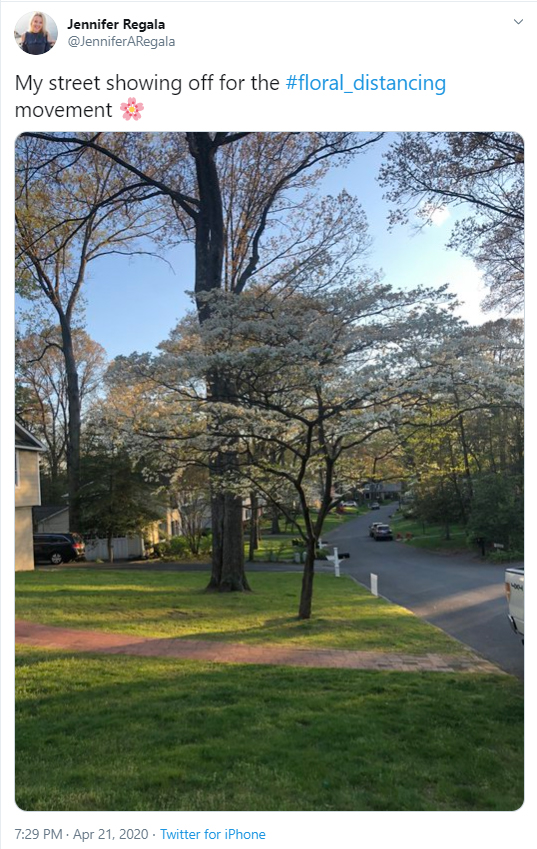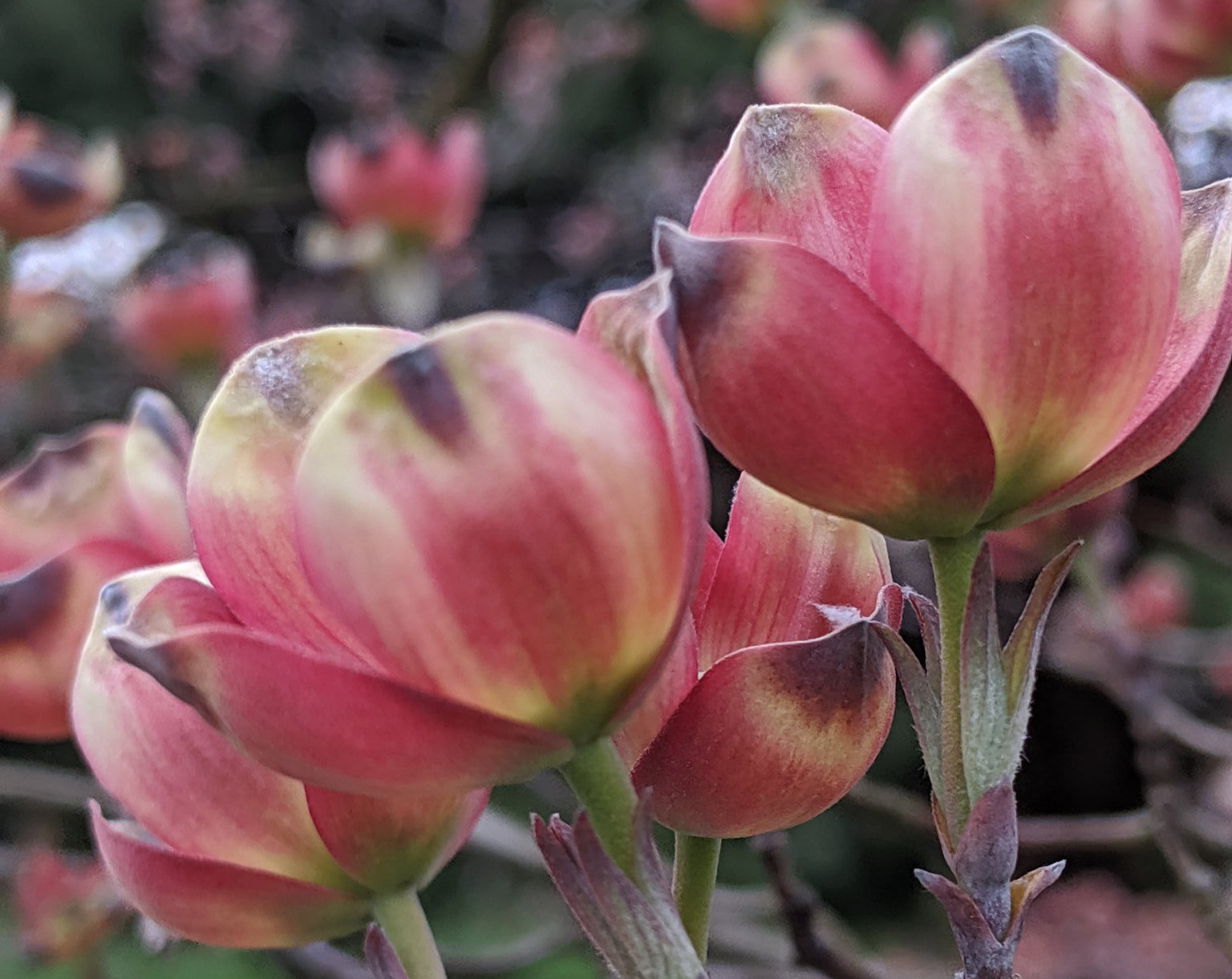When I first proposed this social media column idea to Jonathan Schultz, Editor-in-Chief of Science Editor, back in December of 2019, I submitted a list of future content ideas to him, including how to build community using social media, how to use social media as a career enhancer rather than a distractor, and social media best practices and common mistakes. These all seemed like great ideas to write about just a few short months ago. And then along came COVID-19, and our lives changed forever. As we struggle collectively and individually with illness, not seeing loved ones and friends, job loss, working away from our colleagues, distance learning, Zoom fatigue, increased or decreased article submissions, lab and library closures, securing face masks and hand sanitizer, and so much more, there is one place I have turned to that makes it feel like I’m not 6 feet away from my personal and professional networks: social media. I have noticed that I am not alone in finding refuge and solace on Twitter, Instagram, and LinkedIn. I offer that social media has become more important than it ever was before, and in many cases, it is sustaining some of us (*raised hand emoji* from me) through the worst crisis in modern history.
At the American Society of Plant Biologists (ASPB), our researchers have been adversely impacted by the deadly spread of this virus. Lab and greenhouse closures, the inability to plant entire fields of crops, loss of childcare, and moving college classrooms abruptly online have had devastating effects on our members, editors, reviewers, and authors. Very early in the crisis, the editors-in-chief of ASPB’s journals (The Plant Cell, Plant Direct, and Plant Physiology) joined together with editors-in-chief from other plant research-based societies (Journal of Experimental Botany, Society for Experimental Biology [SEB]; Plant Biotechnology Journal, SEB and the Association of Applied Biologists; and The Plant Journal, SEB) to pen an editorial about “no-excuse extensions” of all deadlines.1 Though all the journals published the editorial, and ASPB posted the content on our organization’s web site, we were able to disseminate this vital information quickly to our large number of followers on Facebook and Twitter. ASPB has also used social media to communicate other important COVID-related updates, including announcements about our annual meeting.

Another thing we at ASPB noticed early on in the crisis is that our beloved community members were missing human connection, too. My co-workers, Katie Rogers (@ktlrogers; fondly known as ASPB’s Webinarina) and Mary Williams (@PlantTeaching; well-known science communications Twitter personality and beloved icon of the plant biology community), saw a need to allow our members to continue their learning opportunities and/or present their important work after seminars and conferences all over the world were canceled. They quickly and brilliantly developed Plantae Presents (the hashtag #PlantaePresents is quite prolific on Twitter) on ASPB’s digital ecosystem, Plantae.org2 (@Plantae_org). This seminar series has been extremely well-received and has enjoyed record-breaking attendance. Katie and Mary have used social media to enhance the seminar experience, using the series hashtag to allow individuals to live-tweet the events and to add questions and comments to the conversation once each event ends.
For me, the cancellation of the annual meetings hosted by the Council of Science Editors and the Society for Scholarly Publishing, user group meetings hosted by vendors, and other industry events, has been hard. I look forward to those gatherings for the networking opportunities and professional interaction. Plus, many of my scholarly publishing colleagues have become dear friends. I have used social media (particularly Twitter) to fill this massive void. CSE’s very own Past President, Dana Compton (@danamcompton), has a home office that makes me drool (best #shelfie in town). Marie McVeigh (@JopieNet) has inspired me to find the beauty in my surroundings with her beautiful daily #Floral_Distancing shots. Yael Fitzpatrick (@GazelleInDminor) has shown me what true strength and friendship really are. Angela Cochran (@achochran12733) wows me with her wisdom but then makes me cry with laughter with her distance learning stories from the trenches. Rob Last (@Biokid001; ASPB’s Immediate Past President and a world-renowned scientist from Michigan State) heard my tweeted plea for help in making sourdough bread and mailed me not only a sourdough starter but priceless yeast as well. Also participating in this bread conversation was Susan Willner (@SusanWillner), who so lovingly and thoughtfully dropped by my home (keep in mind that I live in Maryland, and she lives in Virginia!) to drop off a loaf of challah bread she baked. I don’t think I have ever smelled anything quite so divine, and it was even still warm in the box! Much to the chagrin of my teens, I have taken up one more form of social media (Houseparty—it’s not just for the kids!) thanks to Alexa Unser (@weequipped) and Karen Stanwood (@KGStanwood), so that we can talk about publishing, organizing our pantries, lip gloss and nail polish, and “momming so hard.” As I write this, I realize that my professional bonds have deepened in ways I could never have expected by using social media consistently and intentionally during this pandemic. I am checking in on my ASPB and scholarly publishing connections, sharing advice and asking questions, and keeping up with the scary world in a way I can manage and control.
I wish each one of you health and safety and love during these scary times. I would also love to hear from you. Since I wrote my first column and because I was fortunate to lead a recent CSE happy hour in a lively discussion about social media, I have met so many new faces and am learning more from them about how their journals handle social media, professional concerns that are important to them, and so much more. I propose that our scholarly publishing community use this time of uncertainty to lean on one another to advance not just our profession but each other. We are all struggling, but there are a lot of people out there in our social media community ready to help. I am so proud of our scholarly publishing community.
References and Links
- Meyers B, Baxter I, Blatt M, Sweetlove L, Daniell H, Lunn J, Taylor C, Winchester N. Journal flexibility in the troubling times of COVID-19. Plant Phys. 2020;182:1795. https://doi.org/10.1104/pp.20.00347.
- https://plantae.org/

